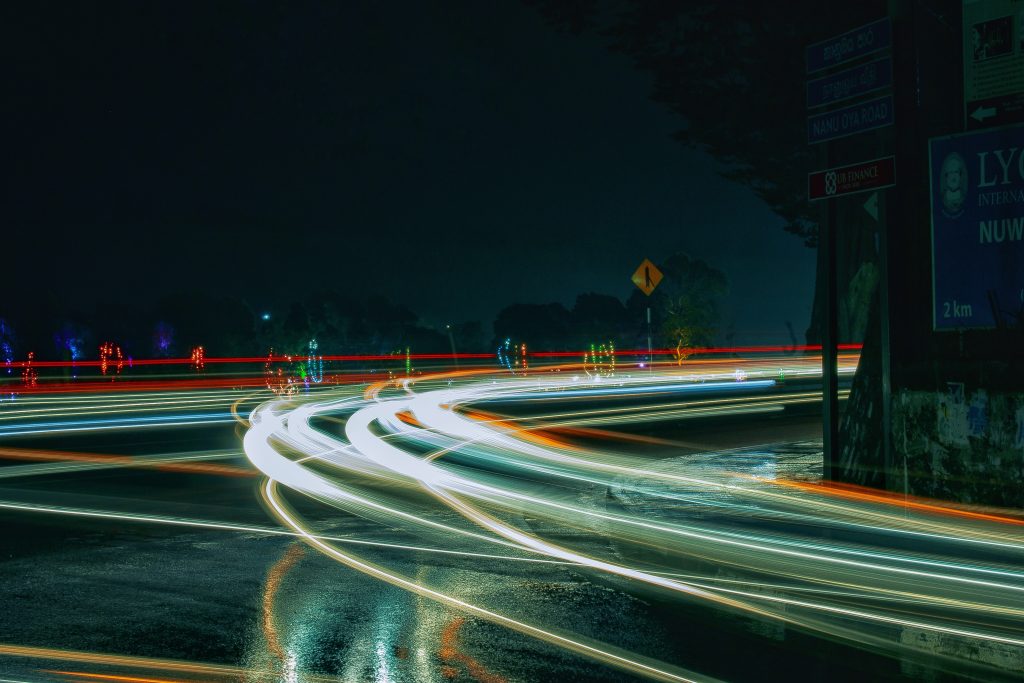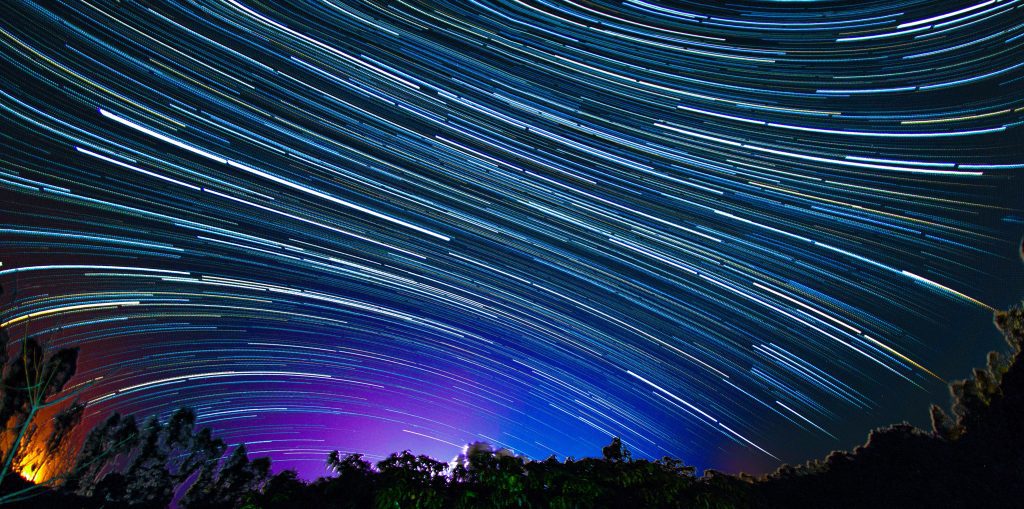Time-Lapse Video Editing: Step-by-Step Guide
Are you ready to create stunning time-lapse videos that will capture the attention of your audience? Look no further than the “Time-Lapse Video Editing: Step-by-Step Guide.” With this comprehensive guide, you will learn the step-by-step process of editing time-lapse videos, from choosing the perfect footage to adding captivating effects. Whether you are a beginner or an experienced video editor, this guide will equip you with the knowledge and skills to create professional and visually captivating time-lapse videos that will leave your viewers in awe. Get ready to embark on an exciting journey into the world of time-lapse video editing!
Equipment and Software
Camera
To create a time-lapse video, you will need a camera that can take photos at regular intervals. While most modern digital cameras are capable of this, it is important to ensure that your camera has a battery with sufficient capacity and enough memory card space to capture the desired duration of your time-lapse.
Tripod
Using a tripod is essential to keep your camera steady throughout the time-lapse capture process. This will help maintain consistency in framing and alignment, resulting in smoother and more professional-looking time-lapse footage.
Intervalometer
An intervalometer is a device or feature that allows you to set the time intervals between each photo capture. Some cameras have built-in intervalometers, while others may require an external intervalometer to be connected. The intervalometer ensures that your camera captures photos automatically at the specified intervals, thereby enabling the creation of a time-lapse video.
Computer
A computer with sufficient processing power and storage capacity is necessary for editing and processing your time-lapse video. Ideally, your computer should have a dedicated graphics card to handle the video editing software smoothly.
Video Editing Software
To create a time-lapse video, you will need video editing software that allows you to import, organize, and edit the images. Some popular options include Adobe Premiere Pro, Final Cut Pro, and Sony Vegas Pro. Make sure to choose a software that is compatible with your computer and offers the features you require for your time-lapse video editing.
Planning and Preparation
Choose a Subject
Before starting the time-lapse capture, it is essential to select an interesting subject that will provide captivating visuals throughout the video. This can be anything from a bustling cityscape to a serene natural landscape. Consider the movement and changes that will occur in your chosen subject over time to make your time-lapse video more dynamic.
Location Scouting
Once you have decided on a subject, scout different locations to find the best vantage point. Look for angles and perspectives that will showcase the subject in its most aesthetically pleasing and visually captivating way. Consider factors such as lighting conditions, foreground and background elements, and overall composition.
Determine Interval and Duration
The interval between each photo capture will depend on the speed at which you want your time-lapse video to play. A general rule of thumb is to capture one photo every 2 to 5 seconds. However, this can vary depending on the subject and the desired effect. Additionally, consider the duration of your final time-lapse video. Depending on the length you have in mind, you will need to calculate the total number of photos you need to capture.

Camera Settings
Manual Mode
To have more control over your camera settings during the time-lapse capture, it is recommended to use the manual mode. This allows you to adjust the aperture, ISO, white balance, and focus according to the specific requirements of your subject and the environment.
Aperture and ISO
The aperture determines the depth of field in your photos, while the ISO affects the sensitivity to light. Experiment with different aperture settings to achieve your desired level of focus, and adjust the ISO to ensure proper exposure in different lighting conditions. Keep in mind that using a lower ISO will result in less noise in your final time-lapse video.
White Balance
The white balance setting ensures accurate color representation in your time-lapse footage. You can either set it to auto mode or manually adjust it based on the lighting conditions. For example, if you are shooting during golden hour, you may want to set the white balance to a warmer tone to enhance the sunset hues.
Focus
Choosing the right focus mode is crucial for ensuring sharp and crisp images in your time-lapse video. Manual focus is often preferred to prevent the camera from potentially refocusing during the capture process. Take a test shot and zoom in on the LCD screen to ensure that the subject is in focus before starting the time-lapse.
Capturing the Images
Mount the Camera on Tripod
Once you have determined the best shooting location and set your camera settings, mount your camera securely on the tripod. Make sure the camera is level and stable to avoid any shakes or movements during the time-lapse capture.
Set Intervalometer
If your camera has a built-in intervalometer, access the settings and input the desired interval between each photo capture. If not, connect an external intervalometer to your camera and set it accordingly. Ensure that the intervalometer is functioning properly before proceeding.
Start the Time-Lapse
Now that everything is set up, it’s time to start the time-lapse capture. Press the shutter button or activate the intervalometer to begin capturing the sequence of photos. Depending on the duration of your time-lapse video, you may need to let the camera take photos for several minutes to several hours.

Importing the Images
Connect Camera to Computer
Once you have finished capturing the images for your time-lapse, it’s time to transfer them to your computer for further editing. Connect your camera to the computer using a USB cable or remove the memory card and insert it into a card reader.
Transfer the Images
After connecting the camera or memory card to your computer, use the file management software or the file explorer to transfer the images from the camera or memory card to a designated folder on your computer. It is crucial to organize your images properly at this stage to ensure ease of access during the editing process.
Sorting and Selecting Images
Review and Delete Unwanted Images
Before delving into the editing process, it is essential to review all the captured images and eliminate any unwanted or duplicate shots. This will help streamline the editing process and prevent unnecessary clutter in your final time-lapse video. Carefully examine each image and delete any that do not meet your quality standards or hinder the flow of your time-lapse.
Organize Images
Organizing your images is crucial to keep track of the sequence and make the editing process more efficient. Rename the files in a systematic manner, such as adding numbers at the beginning or using a descriptive title. Create subfolders based on specific segments or scenes within your time-lapse video if necessary. This organization will make it easier to import the images into the video editing software and maintain the desired flow.

Editing the Time-Lapse
Import Images to Video Editing Software
Open your preferred video editing software and import the images you have selected for your time-lapse. Most video editing software allows you to import multiple images simultaneously, making the process quicker and more straightforward. Ensure that the images are imported in the correct order according to the desired sequence of your time-lapse video.
Create a New Project
After importing the images, create a new project and set the project settings according to your desired resolution, frame rate, and aspect ratio. These settings should match the specifications of your captured images to ensure a seamless transition and optimal quality in your final time-lapse video.
Adjust Speed and Duration
Adjusting the speed and duration of your time-lapse helps determine the overall pace and length of your video. Depending on the desired effect, you can speed up or slow down the sequence by manipulating the speed settings in the video editing software. Experiment with different speeds to find the right balance that captures the essence of your subject and keeps the viewer engaged.
Adding Effects and Transitions
Apply Filters and Color Grading
To enhance the visual appeal of your time-lapse video, apply filters or perform color grading to achieve a specific mood or tone. This can involve adjusting the brightness, contrast, saturation, and other color parameters to create the desired aesthetic. Experiment with different options until you achieve the desired look and feel for your time-lapse video.
Add Music or Sound Effects
Adding a suitable soundtrack or sound effects can greatly enhance the viewer’s experience while watching your time-lapse video. Consider selecting music or soundscapes that complement the subject and evoke the desired emotions. Ensure that the audio is properly synced with the visuals and does not overpower or distract from the main focus of the video.
Include Transitions between Frames
Smooth transitions between frames can make your time-lapse video more visually appealing and help create a seamless flow. Experiment with different transition effects, such as fades or zooms, to add interest and cohesion to your video. However, be mindful not to overuse transitions, as they should complement the subject and not overpower the main content.
Fine-Tuning the Time-Lapse
Crop and Resize
During the editing process, you may find the need to crop or resize certain frames to achieve better composition or eliminate any unwanted elements. Cropping and resizing should be done carefully to maintain the desired aspect ratio and ensure consistency throughout the time-lapse video. Pay attention to the subject and overall frame to make precise adjustments without losing important details.
Adjust Exposure and Contrast
To further enhance the visual quality and reinforce the narrative of your time-lapse video, consider adjusting the exposure and contrast of specific frames. This can help bring out details, highlight specific elements, and create a more dynamic and captivating visual experience. However, be cautious not to overdo these adjustments, as they should enhance the footage without appearing artificial or exaggerated.
Remove Noise
In some cases, noise may be present in your time-lapse images, especially when capturing in low light conditions or using higher ISO settings. To improve the overall image quality, use noise reduction techniques or software plugins to reduce or eliminate the noise. This helps create a cleaner and sharper final time-lapse video.
Sharing and Publishing
Upload to Video Sharing Platforms
Once you are satisfied with the final version of your time-lapse video, it’s time to share it with the world. Upload your video to popular video sharing platforms like YouTube or Vimeo to reach a wider audience and showcase your work. Remember to add relevant tags, titles, and descriptions to optimize searchability and attract viewers.
Embed on Websites
If you have a personal or professional website, consider embedding your time-lapse video in relevant blog posts, portfolio pages, or galleries. This allows visitors to your website to experience your time-lapse directly without having to navigate to external platforms. Embedding your videos also gives you more control over the presentation and surrounding content.
Promote on Social Media
To maximize the reach and engagement of your time-lapse video, promote it on various social media platforms. Share snippets or teasers of your time-lapse on platforms like Instagram, Facebook, and Twitter, and provide links to the full video on your chosen video sharing platform or website. Engage with your audience by responding to comments, answering questions, and encouraging shares to increase visibility and exposure.
By following this comprehensive step-by-step guide, you will be able to create stunning time-lapse videos that captivate viewers and showcase your creativity and technical skills. Remember to experiment, be patient, and enjoy the process. Happy time-lapse video editing!




